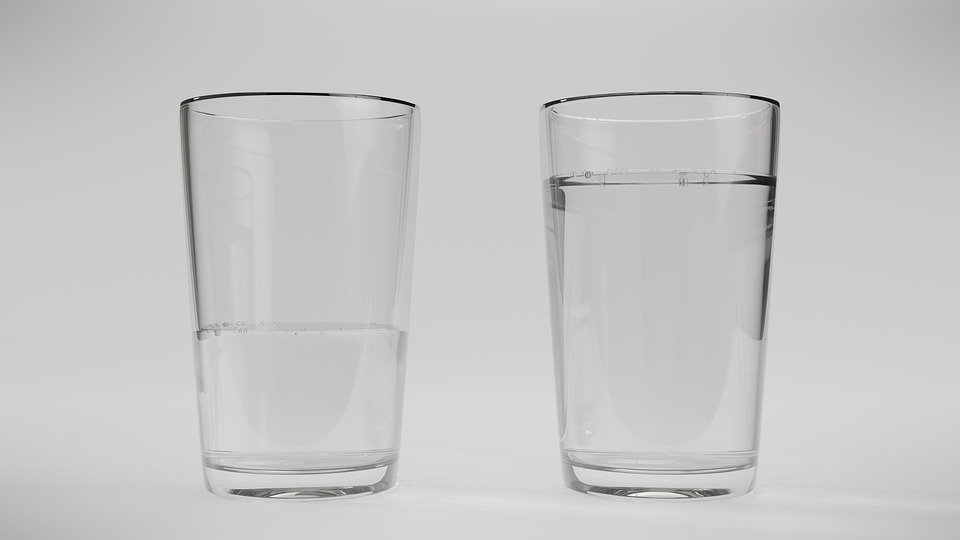 The clavicle, also known as the collarbone, is a slender bone that connects the shoulder blade to the sternum. It plays a crucial role in the stability and function of the shoulder joint. Understanding the importance of the clavicle can help individuals better appreciate the complexity of the shoulder and the importance of maintaining its health.
The clavicle, also known as the collarbone, is a slender bone that connects the shoulder blade to the sternum. It plays a crucial role in the stability and function of the shoulder joint. Understanding the importance of the clavicle can help individuals better appreciate the complexity of the shoulder and the importance of maintaining its health.The clavicle is the only bone that connects the upper limb to the axial skeleton. It serves as a strut that keeps the shoulder joint in place and allows for a wide range of motion. Without the clavicle, the shoulder would be more prone to dislocations and instability, making everyday tasks such as reaching overhead or lifting objects difficult.
One of the key functions of the clavicle is to provide support and protection to the vital structures that pass beneath it, such as the brachial plexus and the subclavian artery. These structures are responsible for supplying the arm with blood and nerve impulses, so any damage to them can result in serious consequences.
The clavicle also plays a role in allowing the scapula (shoulder blade) to move freely along the ribcage. This movement is essential for the proper functioning of the shoulder joint, as it allows for a greater range of motion and stability. Without the clavicle, the scapula would be more restricted in its movements, leading to decreased shoulder function and increased risk of injury.
In addition to providing support and protection, the clavicle also serves as a point of attachment for several muscles that help stabilize and move the shoulder joint. The deltoid, trapezius, pectoralis major, and sternocleidomastoid muscles all attach to the clavicle, allowing them to work together to facilitate shoulder movements.
When the clavicle is injured or damaged, it can have a significant impact on shoulder function and stability. Fractures of the clavicle are common injuries, especially in athletes and individuals who engage in high-impact activities. These fractures can result in pain, swelling, and limited range of motion, making it difficult to perform everyday tasks.
Treatment for clavicle fractures typically involves immobilizing the shoulder with a sling or brace to allow the bone to heal properly. In some cases, surgery may be necessary to realign the bone and ensure proper healing. Physical therapy is often recommended to help restore range of motion and strength in the shoulder after a clavicle fracture.
Understanding the importance of the clavicle is essential for maintaining shoulder health and preventing injuries. By taking steps to keep the clavicle and surrounding structures strong and healthy, individuals can reduce their risk of shoulder pain and dysfunction.
Regular exercise, proper posture, and avoiding repetitive overhead movements can help protect the clavicle and shoulder joint from injury. It is also important to seek prompt medical attention if you experience any pain or discomfort in the shoulder, as this could be a sign of a more serious underlying issue.
In conclusion, the clavicle plays a vital role in shoulder stability and function. By understanding its importance and taking steps to maintain its health, individuals can protect themselves from shoulder injuries and ensure proper shoulder function for years to come. If you experience any shoulder pain or discomfort, it is important to seek medical attention to prevent further damage and promote healing.

You might be interested in learning more about the anatomy of the shoulder joint and its surrounding structures. Speaking of shoulder stability, you might be interested in Shoulder Joint and Clavicle on Wikipedia. Understanding these key components can help enhance your knowledge of shoulder health and function.


